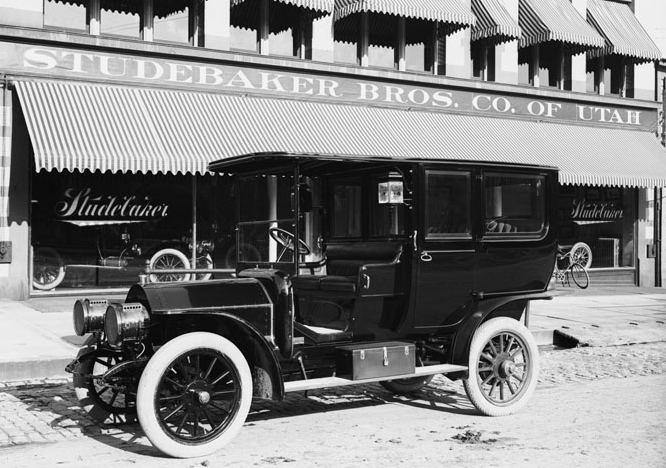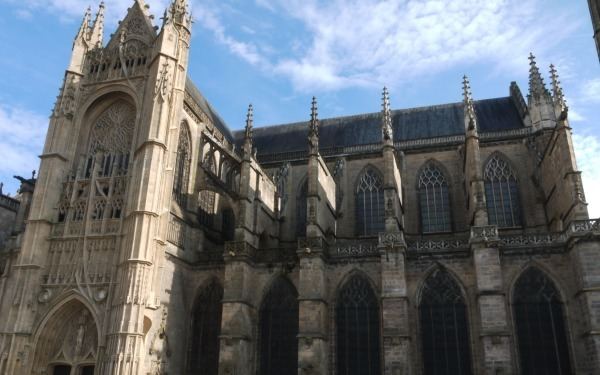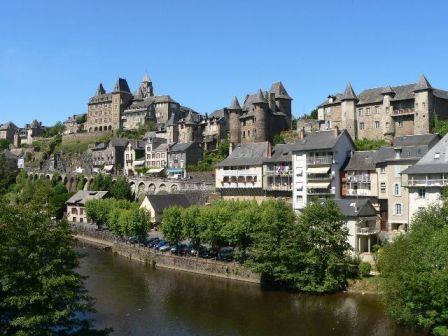Country | Area 16,942 km2 | |
 | ||
Destinations Points of interest Lac de Vassiviere, Jardin botanique de lEveche, Musee du President Jacques Chirac, Limoges Cathedral, Chateau de Rochechouart | ||
Map of Limousin
Limousin ([limuzɛ̃]; Occitan: Lemosin) is a former administrative region of France. On 1 January 2016, it became part of the new region of Nouvelle-Aquitaine. It comprised three departments: Corrèze, Creuse, and Haute-Vienne.
Contents
- Map of Limousin
- Limousin french region
- Formation
- Population
- Major communities
- Economy
- Bodies of water
- Topography
- History
- Language
- Cuisine
- Music
- References

Situated mostly in the Massif Central, as of January 1, 2010, Limousin had 742,770 inhabitants on nearly 17,000 km², making it the least populated region of metropolitan France.

Forming part of the southwest of France, Limousin is bordered by the regions of Centre-Val de Loire to the north, Poitou-Charentes and Aquitaine to the west, Midi-Pyrénées to the south and Auvergne to the east. Limousin is also part of Occitania.

Limousin french region
Formation
The modern region of Limousin is essentially composed of two historical French provinces:
Beside these two main provinces, Limousin is also composed of small parts of other former provinces:
Today the province of Limousin is the most populous part of the Limousin region. Limoges, the historical capital and largest city of the province of Limousin, is the capital of the Limousin administrative region.
Population
With a slowly rising population of just under 750,000, Limousin is the second-least populous region in Metropolitan France after Corsica.
The population of Limousin is aging and, until 1999, was declining. The department of Creuse has the oldest population of any in France. Between 1999 and 2004 the population of Limousin increased slightly, reversing a decline for the first time in decades.
Major communities
Economy
Limousin is an essentially rural region. Famed for some of the best beef farming in the world, herds of Limousin cattle—a distinctive chestnut red—are a common sight in the region. The region is also a major timber producing area.
Due to its rural locality, it is also famed for its groves of French Oak, so prized for its distinct characters and flavors in wine fermentation that vintner Rémy Martin has exclusive rights to its oak groves. It is a partnership that is over 100 years old.
The regional capital, Limoges, was once an industrial power base, world-renowned for its porcelain and still a leader and innovator in electric equipment factories (which originally used porcelain as an insulator). However, large factories are now few in number.
Bodies of water
Some of the rivers belonging to the Loire basin run through the north, west and east of the region, waterways belonging to that of the Dordogne through the south. The region is crossed by three major rivers: the Vienne, the Dordogne and the Charente (which has its source in Haute-Vienne). The region is well known for the high quality of its water and for offering first-rate fishing.
Topography
The Limousin region is almost entirely an upland area. The lowest land is in the northwest of the region (approximately 250 m above sea level) and the highest land is roughly in the southeast (approximately 1000 m above sea level). However, the greater part of the region is above 350 m.
History
Limousin is one of the traditional provinces of France. Its name is derived from the name of a Celtic tribe, the Lemovices which capital was in Saint-Denis-des-Murs and which main sanctuary was recently found in Tintignac, a site which became a major site for the Celtics studies thanks to unique objects which were found such as the carnyces, unique in the whole Celtic world.
Aimar V of Limoges was a notable ruler of the region.
Language
Until the 1970s, Occitan was the primary language of rural areas. There remain several different Occitan dialects in use in Limousin, although their use is rapidly declining. These are:
Cuisine
Pâté aux pommes de terre is one of the specialties of Limousin, as well as of the neighbouring department of Allier. Clafoutis is a local dessert.
Music
Perhaps due to its rural character, Limousin has maintained a strong tradition of traditional music, with ancient instruments such as the bagpipe (called chabrette, Chabreta in occitan) and hurdy-gurdy remaining popular.
